When you introduce Plimoth (Plymouth), students will already know the sweet little story of the Pilgrims filling their Thanksgiving table and celebrating with the Native Americans who helped them to survive the first year.
There’s so much more to the story! I love teaching every social studies unit but I extra love teaching Plimoth. I like to bring reality and primary source study into my students’ understanding of the Pilgrims and the First Thanksgiving.
*** If you’d like my free Plimoth (Plymouth) Teacher’s Guide for 5th Grade Teachers, you can grab it here! The guide includes background information, pacing/sequence, and suggested resources.
You may be wondering why I label the settlement Plimoth (Plymouth) Plantation. I, like everyone else, learned to spell Plymouth with a y. However, the original spelling that the Pilgrims used is Plimoth. Their patterns of spelling were not standardized like ours, so they simply spelled words the way they sounded. I include both spellings to cut down on confusion!
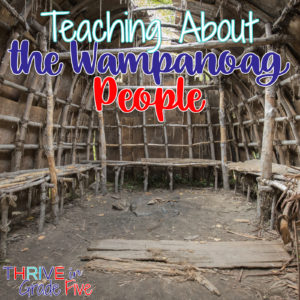
Teaching About the Wampanoag People
In my opinion, it’s necessary and respectful to discuss the Native American people who lived in the area around Plymouth first. The Wampanoag Indians and the Pilgrims had an amazingly cooperative, peaceful relationship for decades. This is surprising to my students because the relationship between the Jamestown settlers and the Powhatan Indians was turbulent, sometimes violent.
Be sure to refer to this group in the present tense. There are still around 5,000 Wampanoag residing in North America.
Chief Massasoit was the leader of the Wampanoag people. He and his men traveled to Plimoth to greet the Pilgrims and extend an offer of friendship. The Wampanoag people were instrumental in helping the Pilgrims to survive their first year in the New World.
The friendship between the Wampanoag and the Pilgrims is well-documented in primary source journals. One story I love sharing with my students is that in one instance, Chief Massasoit was gravely ill, so a group of Pilgrims walked two days through the forest to bring broth soup and visit.
The peace between the Wampanoag and the Pilgrims lasted for decades but, sadly, began to unravel after Chief Massasoit’s death.
While teaching about the Wampanoag Indians, I like to read People of the Breaking Day. The pictures are beautiful and the book helps students learn about the lives of the Wampanoag.
* Please note that Thrive in Grade Five (Jenifer Bazzit) is a participant in the Amazon Services LLC Associates Program, an affiliate advertising program designed to provide a means for sites to earn advertising fees by advertising and linking to amazon.com. *
Additionally, Tapenum’s Day: A Wampanoag Indian Boy in Pilgrim Times is a fantastic read-aloud that contains reenactment photographs and a story about life from a Wampanoag boy’s point of view.
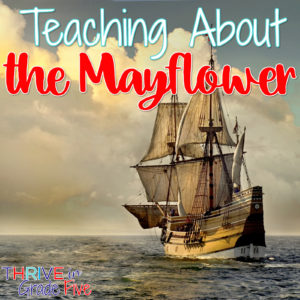
Teaching About the Mayflower
I have one word to describe life on the Mayflower: Miserable! Passengers were mainly confined to a dark, cold lower deck. There were no windows, which meant no fresh air and no sunlight.
After more than 60 days, the Pilgrims finally arrived at the settlement they named Plimoth. Although they were finally in the New World, the Pilgrims could not settle on shore right away. They continued to live on the Mayflower for several months while they rowed ashore daily to build homes.
Unfortunately, sickness spread quickly among the Pilgrims and approximately half of them died during the first winter.
This video does a fantastic job giving facts about the Mayflower in a visual way.
This visual song is certainly a student favorite!
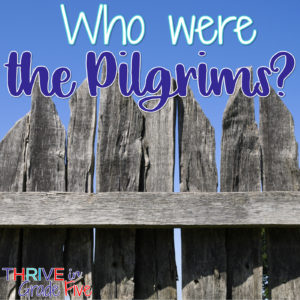
Who were the Pilgrims?
The word pilgrim is actually a general term for someone who makes a journey for religious reasons. This group of people endured a lot before finally settling in Plimoth.
While living in England, they were ridiculed, fined, and imprisoned for their desire to separate from the Church of England. They fled to the Netherlands where they would have religious freedom but, unfortunately, they found that earning a living was terribly difficult. Finally, they found investors who would pay for their voyage to the New World in exchange for shipments of natural resources from the new settlement, like animal furs, lumber, and fish.
The Pilgrims’ plan was to establish a farming community in the New World where they would freely practice their religious beliefs but still have the protection and stability of the British government.
My students loooove learning about the realities of life for boys and girls in Plimoth. They are quite surprised to learn that children did not attend school and were taught to read at home. The Bible was the most important book in Plimoth! Children were assigned chores and were expected to help their parents as much as possible.
*** If you’d like my free Plimoth (Plymouth) Teacher’s Guide for 5th Grade Teachers, you can grab it here! The guide includes background information, pacing/sequence, and suggested resources.
The following two books are incredible read-alouds for students. They contain real photographs to give students an idea of what life was like for Pilgrim boys and girls. Sarah Morton’s Day: A Day in the Life of a Pilgrim Girl and Samuel Eaton’s Day: A Day in the Life of a Pilgrim Boy
Activity Idea
Use the two books above, Sarah Morton’s Day and Samuel Eaton’s Day along with Tapenum’s Day. Place the books in stations for students to read and take notes. After reading the books, ask students to create a Triple Venn Diagram to compare the lives of Sarah Morton, Samuel Eaton, and Tapenum.
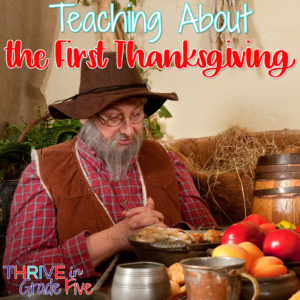
Teaching About the First Thanksgiving
The first Thanksgiving was a three-day feast during which Pilgrims were showing their gratitude for their first harvest in the New World.
This event was a time of sharing and friendship. Chief Massasoit and around ninety of his men attended the feast.
The Pilgrims did NOT refer to this feast as “Thanksgiving” and they definitely didn’t make it a holiday. In fact, Thanksgiving didn’t become an official holiday until about 200 years after the original feast.
What types of foods were served at the First Thanksgiving? Historians tell us that turkey was not the focus of the meal, like it is today. Feasters would have eaten swan, passenger pigeons, eels, lobster, and other types of food. This may come as a shock, but there wouldn’t have been any mashed potatoes at the First Thanksgiving. Potatoes were not grown in the New World until many years later.
This Smithsonian article is full of information about the menu at the First Thanksgiving.
Looking for an interactive online Thanksgiving activity?
Plimoth.org has an amazing and free online activity called Thanksgiving Interactive: You are the Historian! This self-guided activity allows students to make choices, visit locations inside Plimoth, answer questions, and visit experts.
One of my students’ favorite fall activities each year is a Thanksgiving feast. Yes, they are in 5th grade, but who doesn’t love a good feast? While preparing for the feast, I teach my students to Talk Like a Pilgrim. Click on this link to view examples of 17th Century English. This is always a big hit! My students love to “talk like Pilgrims” during the Thanksgiving feast. They really get into it.
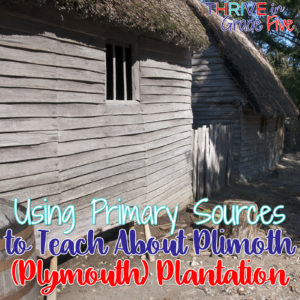
Using Primary Sources to Teach About Plimoth (Plymouth) Plantation
Primary sources add a layer to students’ understanding of history. Instead of taking their teacher’s word for it, students can examine photographs/paintings, journals, and other primary sources.
There are some truly interesting primary sources to use with students while teaching Plimoth Plantation.
This pdf document from The Pilgrim Hall Museum contains primary source excerpts that are perfect for use with students. My recommendation is to choose small, meaningful excerpts of text to read and dissect with your students. That’s exactly what I did in my Plimoth Unit listed at the bottom of this post. I chose meaningful chunks of primary source text and made a cooperative group activity with them.
Just a note, with the pdf above, I display the third page on my technology board and talk about the Pilgrims who were present at the First Thanksgiving. There are some very interesting names and students love to talk about them!
For more tips on how to use primary sources in your upper elementary classroom, please click here.
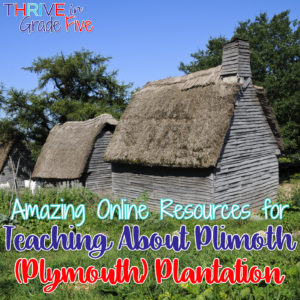
Amazing Online Resources for Teaching About Plimoth (Plymouth) Plantation
Try out a couple of Pilgrim and Wampanoag recipes!
There is a 30 minute video titled A Journey to the New World: The Diary of Remember Patience Whipple, Mayflower 1620. It’s in the Dear America series. The book is available for sale in many places but I can’t find the video anywhere. I have one single VHS copy and when it dies, I don’t know what I’ll do! My students love the video, so if you can find it in a thrift store or resale shop, you’ve struck gold.
If you’re looking for a ready-to-use, highly-rated Plimoth (Plymouth) Plantation Unit, I’ve got one for you!
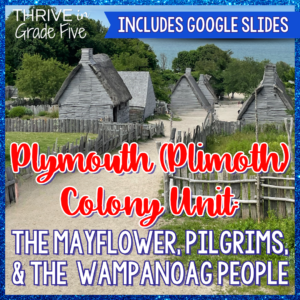
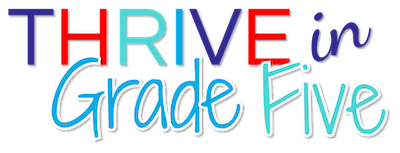
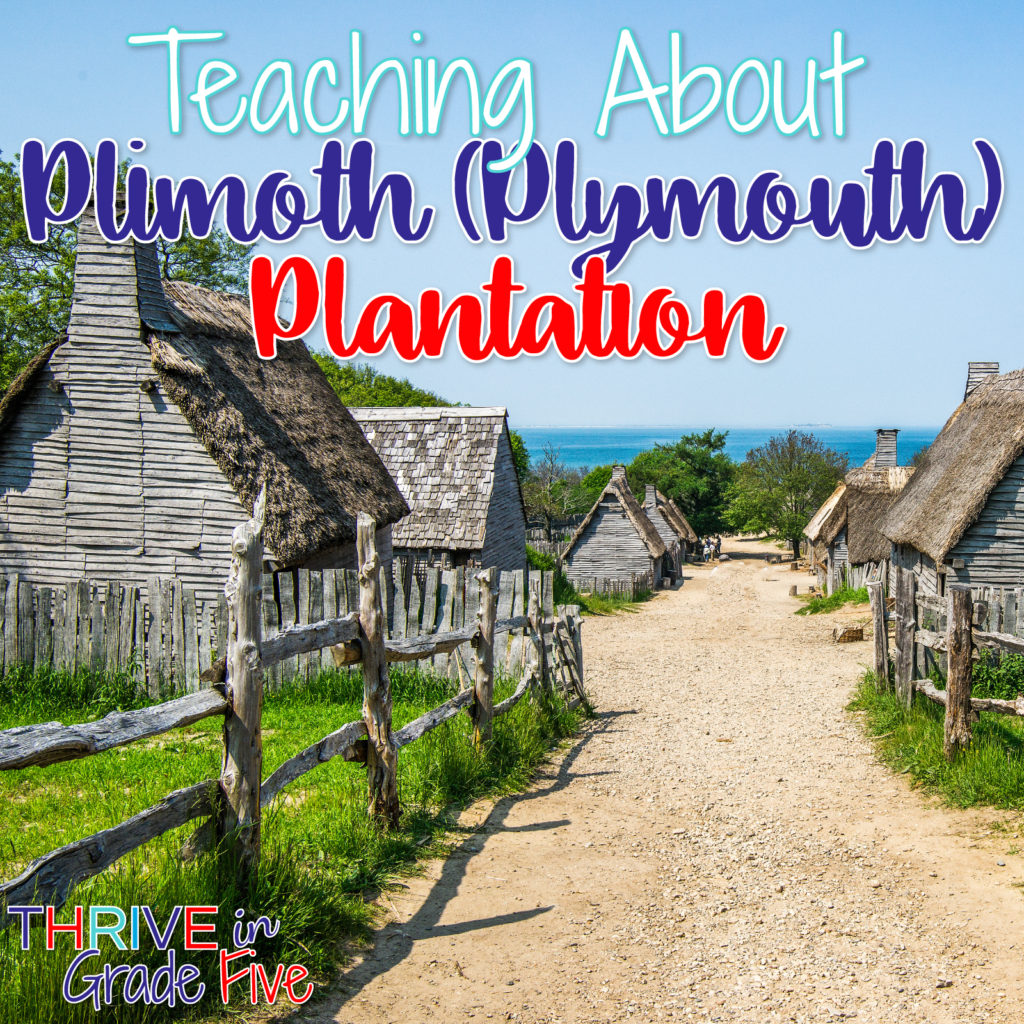
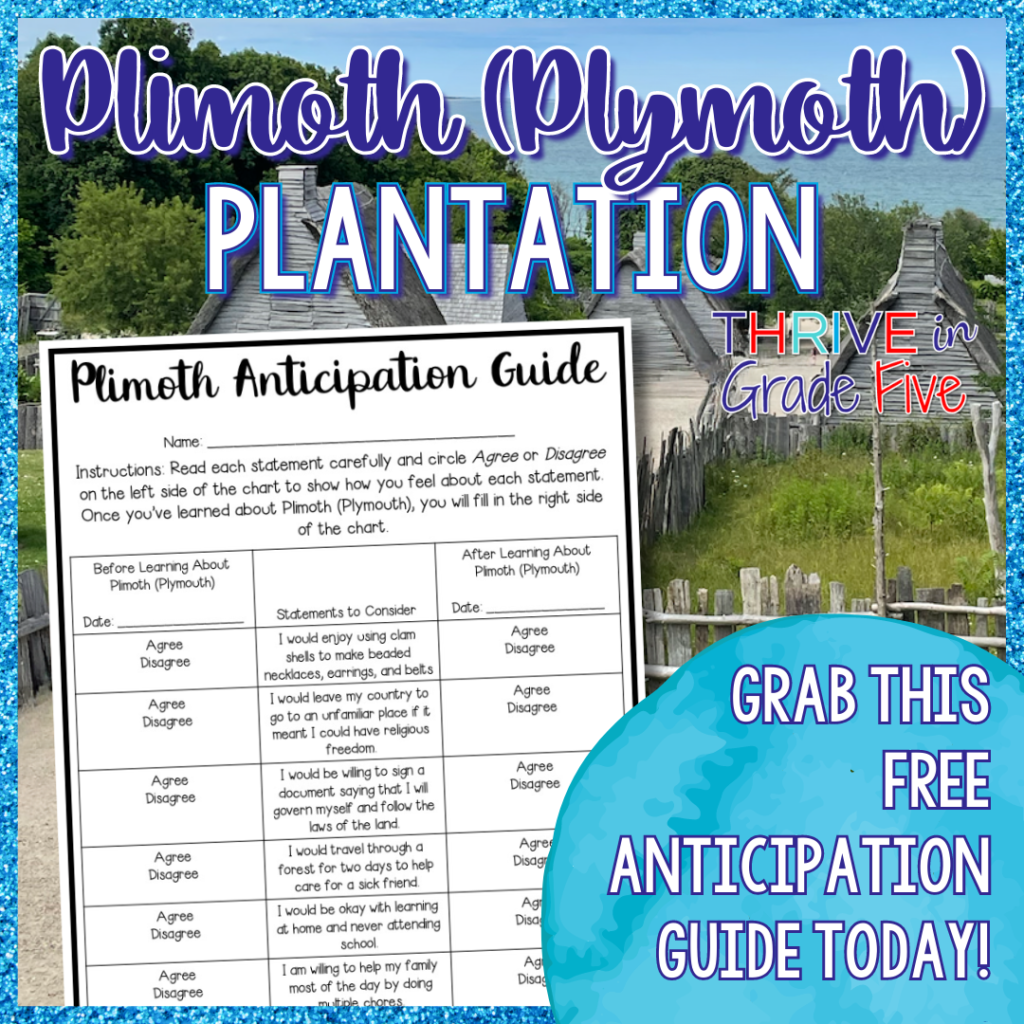

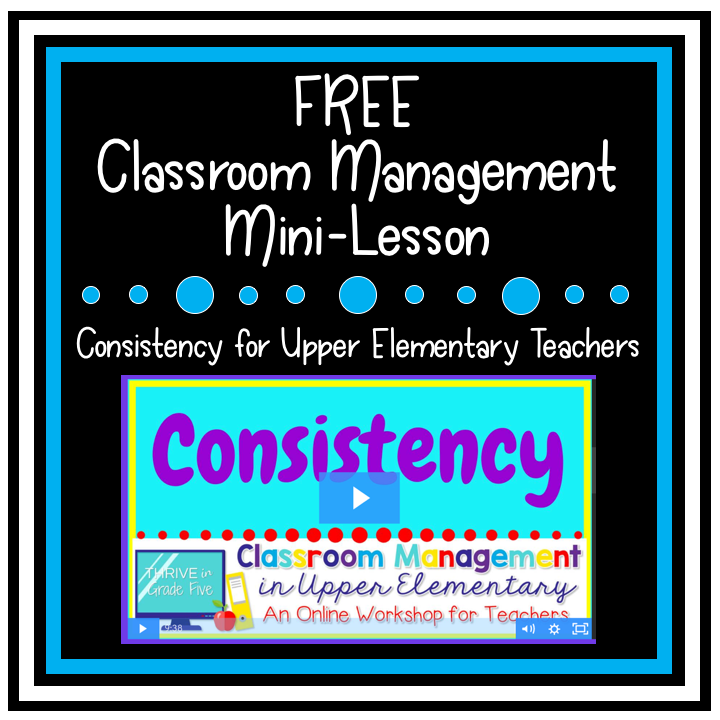


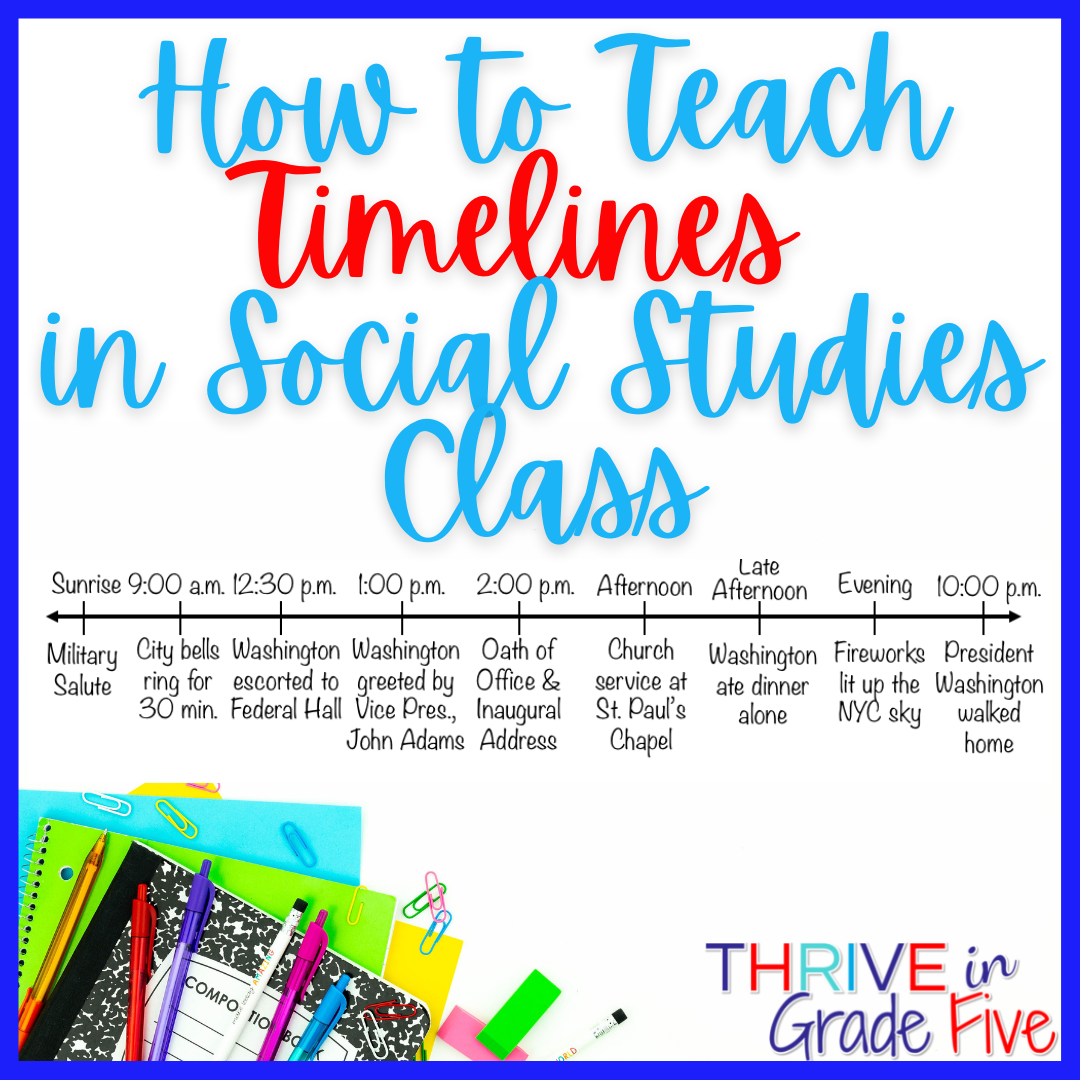
4 Comments
They have the Dear America video on vimeo and for 1.99 on Amazon Video.
Oh cool, I didn’t know that! I will definitely check that out. 🙂
The Vimeo one was not great quality, but this one seems better from youtube.
https://www.youtube.com/watch?v=5VcQG_zswro&list=PLKiqpgQIl16T4oBH7BYGyuTwVyFnld6j0&index=9
Also one of Rev. War. Have not watched it yet, but figured it would be similar and appropriate.
https://www.youtube.com/watch?v=xyRrAl94-9c&list=PLKiqpgQIl16T4oBH7BYGyuTwVyFnld6j0&index=11
Thank you, Julie! Such an amazing video!